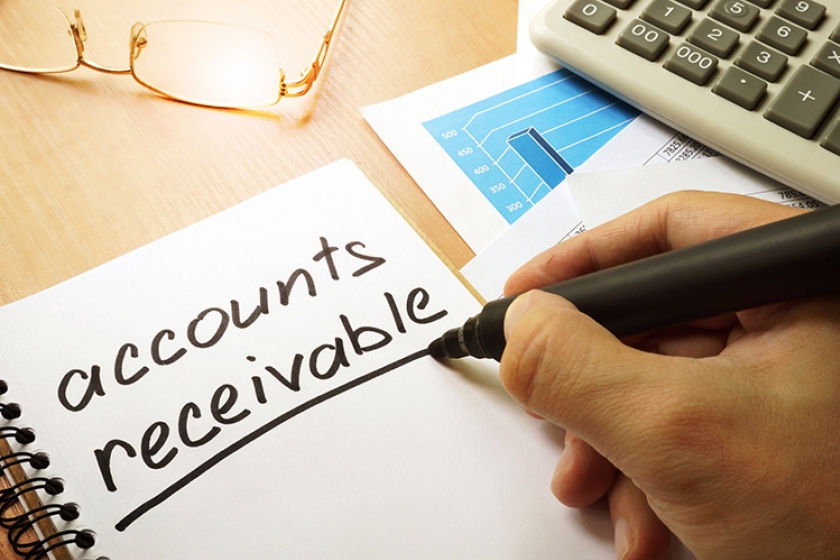Collecting Commercial Unsecured Receivables
Author : IRS Collections
Published on: December 31, 2022

Commercial Unsecured Receivables
When it comes to commercial unsecured receivables time is the major factor that can mean the difference between a successful collection, or a bad debt write off. There are other factors that influence the outcome of a collection, but holding on to a debt too long is by far the leading reason behind bad debt write offs. In the collection industry we see this pattern day in and day out.
Another contributing factor is the lack of paper work, or an agreement. A limited company has limited liabilities and theoretically could go out of business at any time. Once the limited company goes out of business the odds are their receivables and assets have already been liquidated.
It is always amazing how many older receivables are listed against companies that we previously collected from a few months earlier. However, in just a few months the company?s website and phone number are no longer in service. With no personal guarantors we immediately research the company to see what assets are left, if any. Unfortunately, in many cases all the limited company assets have vaporized and the limited company is dead.
This is why it is a good idea to have a credit agreement where one of the company principals indemnifies payment, or a personal guarantee. Having a personal guarantee from one or more of the principals decreases risk, as the guarantors are more likely to make sure your receivable is paid. They know if the limited company doesn?t pay it will become their personal liability.
There are several reasons why a company will hold back listing an account for third party collection. The main reason is they think they are saving collection fees, or money. In the current uncertain economic environment, there is even more pressure to save whenever they can. While this logic may be applicable to many parts of an organization, there are other factors when it comes to receivables.
Presently, inflation and supply chain shortages chip away at the buying power of the money received when a receivable is paid. Every month that clicks by means you will be getting paid with money that is worth less than when the receivable was created. If inflation is running at 12% per year, then you are looking at a monthly discount of 1%. While 1% doesn?t sound like much, it adds up.
Overall risk has increased with the current economic environment. Severe raw material shortages can literally wipe out a debtor company in a short period of time. For many industries customers are changing their buying habits. Some companies will adapt, while others will die.
Some companies make the mistake of assuming the debtor company will eventually pay. Instead of finalizing the payment issue, they suffer through months of excuses only to see the debtor company go out of business. They forget that it is always better to get X% of a debt than 100% of nothing.
When reviewing your accounts monthly it is wise to ask yourself if you are holding on to a particular account too long. These are the accounts that should be listed for collection.



